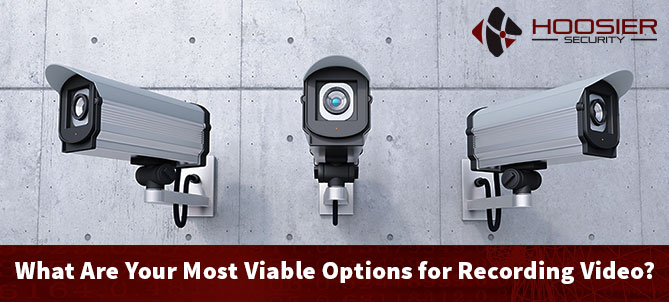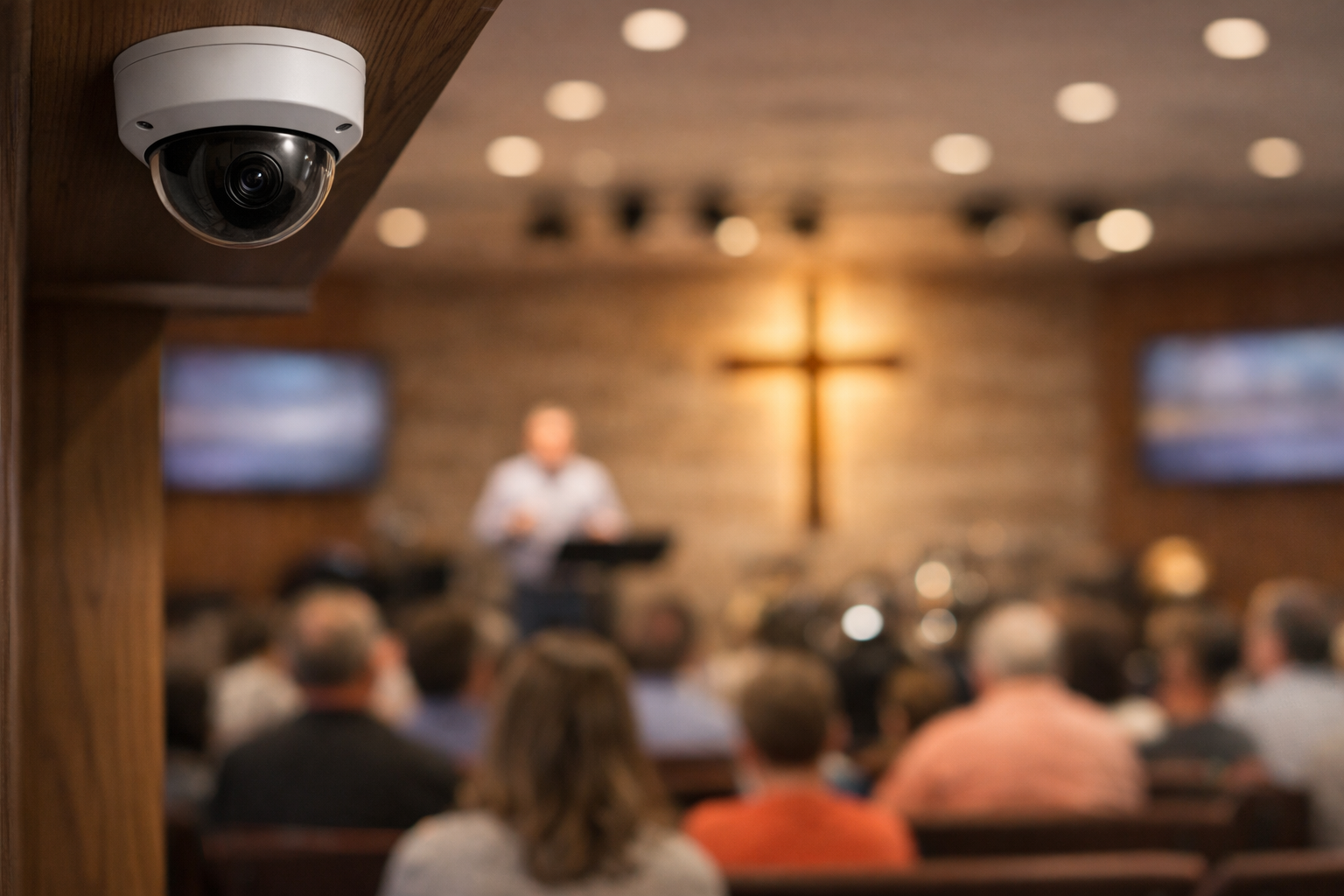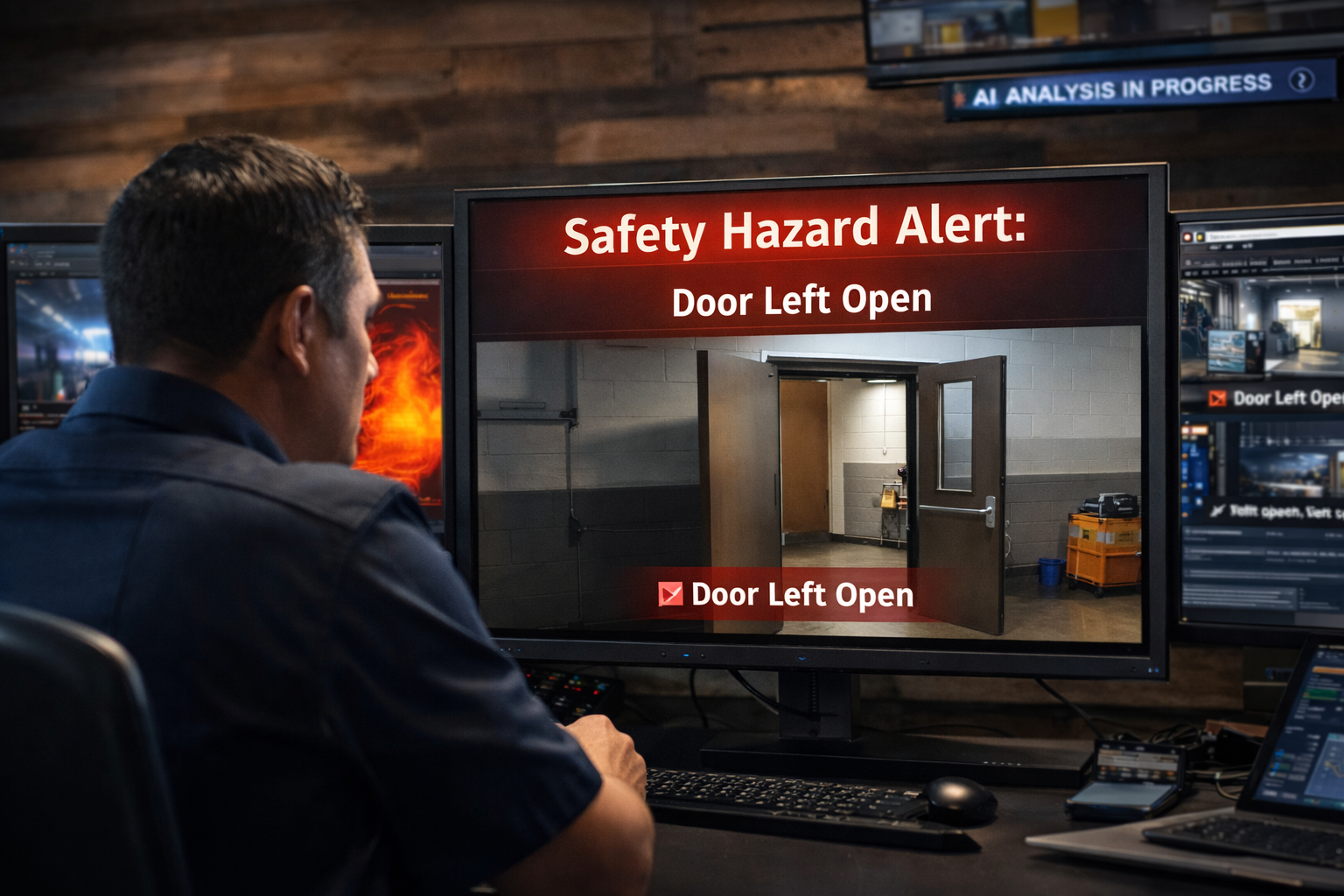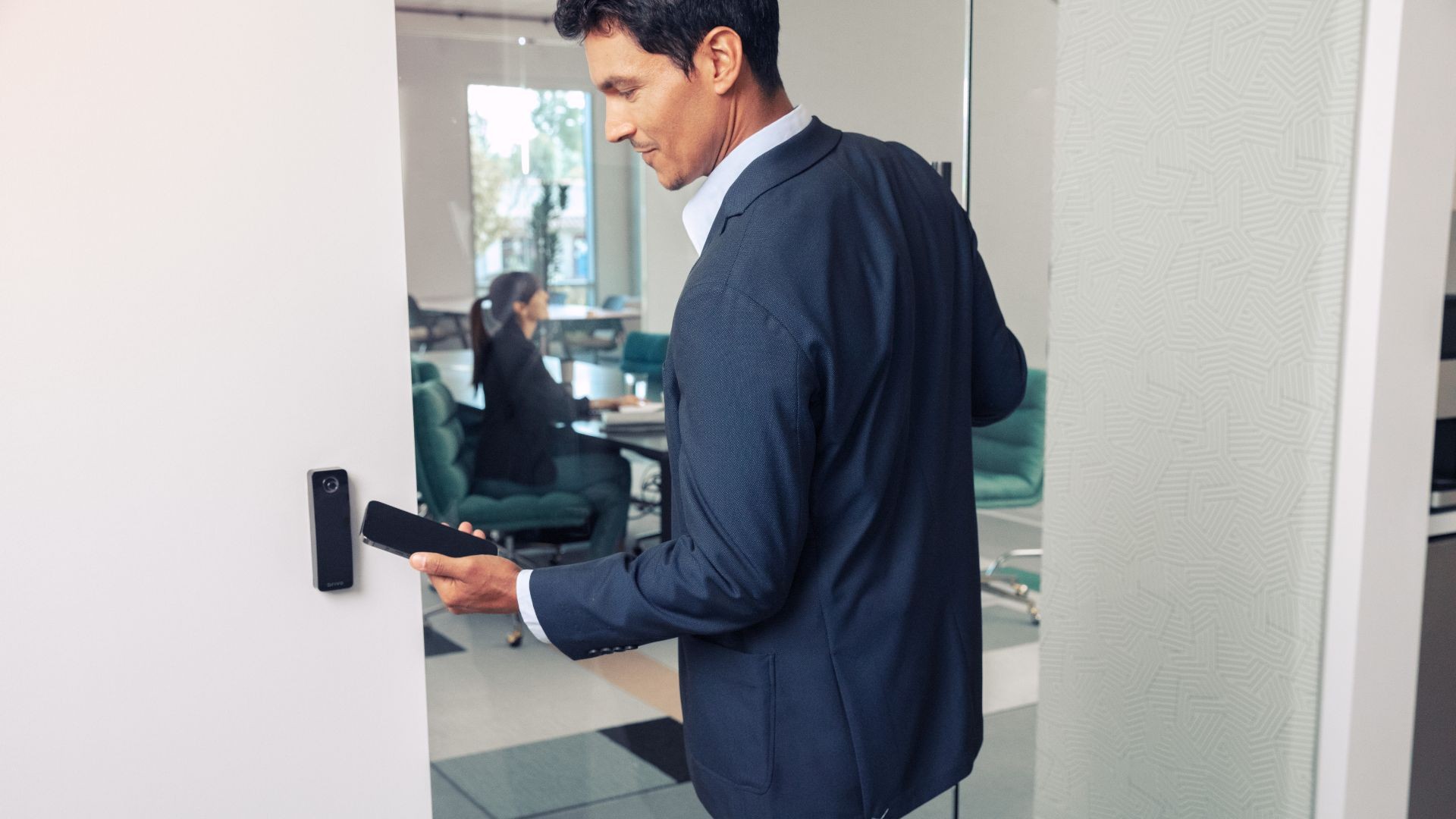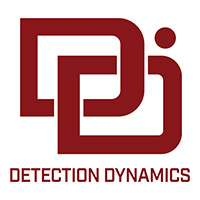Hoosier Security can help you make the right decision
It starts with a conversation. One of the first things we do at Hoosier Security before suggesting any type of video technology is ask our customers what THEY want to accomplish. We do a full site survey to determine the infrastructure and examine any existing equipment that might still be used effectively. We consult with you as a PARTNER and listen closely, so we can design the security system that serves you well today, tomorrow, and beyond.
Video surveillance specifications continue on the upswing. Cameras have increased in resolution, providing clear, high-definition images. Of course, the best-recorded surveillance starts with quality images and we will help you determine the right camera for the application and are not married to one manufacturer.
VMS vs. NVR
There’s another important consideration when it comes to video, and that’s whether you need a hardware-based network video recorder (NVR) or a software-based Video Management System, also known as VMS. Both are considered specialty recording hardware appliances and software that capture and store images. Neither is “better,” but one or the other may be more appropriate for your particular application.
Like an NVR, a VMS-based system is well-suited for large, multi-recorder, multi-site installations and is generally only limited in the number of cameras by the server supporting the network system. It used to be that the VMS vs. NVR debate could be easily decided based on how many cameras a project required. However, the times when appliance type recording devices were limited to 16 or fewer cameras are long gone and advanced VMS setups are being built for single cameras.
VMS
VMS is a software-based solution that deployed on servers enables users to view, manage, and record IP surveillance video from a variety of security cameras, hardware, and access control systems. In addition, VMS is highly scalable and enable live viewing, recorder control, and system management from a single, easy-to-use graphical user interface.
These solutions may also be scaled up to support thousands of cameras and hundreds of recorders and encoders that may be deployed in the field. VMS is great when it comes to unifying large, networked video systems, yet still, yields simplified central operation.
NVR
NVRs are currently available with 128 channels of concurrent HD or better recording. While both record video, an NVR’s sole purpose is to record video while a VMS is tasked with the purpose of not just recording, but also managing video. Generally speaking, this holds true, especially for more complicated functions like managing bandwidth and integrating with particularly complicated enterprise networks. NVR systems, however, rarely require additional licensing costs.
But as time goes on and systems evolve, we may find that many NVRs are perfectly capable of providing basic usable analytics like motion detection, I/O triggering, and managing remote view access within certain limitations. As time goes on, it’s likely that these differences will diminish even further. Another factor to consider is that because NVRs have much simpler operating architecture, the newer cutting edge compression algorithms and applications are often available earlier on these simpler recording devices.
Our Stamp of Approval
There is no true test of which solution is best for your application. We understand that it’s a complicated decision with many facets including budget, but we are here to guide you through the process in an objective manner. Generally speaking, Video Management Systems are more expensive than Digital Video Recorders, though they are more powerful, more easily scalable, and have much more advanced intuitive search functions and analytics. All things that make surveillance systems more effective at protecting assets, finding evidence, and limiting liability, but only if you are going to use them.
And yet, the line can be blurred even further when you realize that most NVR systems can pretend to be a VMS by stacking boxes to create concurrent systems with virtually unlimited channel capacity.
While more expensive, we believe a VMS-based system is currently the best solution for integrated installations and future proofing your surveillance system. In the end, VMS will be a more worthwhile, longer-term operating investment for your enterprise.
After deciding which approach is right for you, comes the task of deciding which specific system best suits your needs. These questions need to be asked and answered carefully because the cost of recording can vary from about $100 per channel to upwards of $2000.
Do the math, if your operations require 50 cameras, that is a massive cost difference and not something you want to trust to a security company designed around cramming the same solution down each client’s throat. As we always say, not all surveillance systems are the same.
Hoosier Security can help you select the most effective recording solution to match your specific surveillance and recording needs with careful consideration of all aspects of the installation. Contact us today to learn more.
